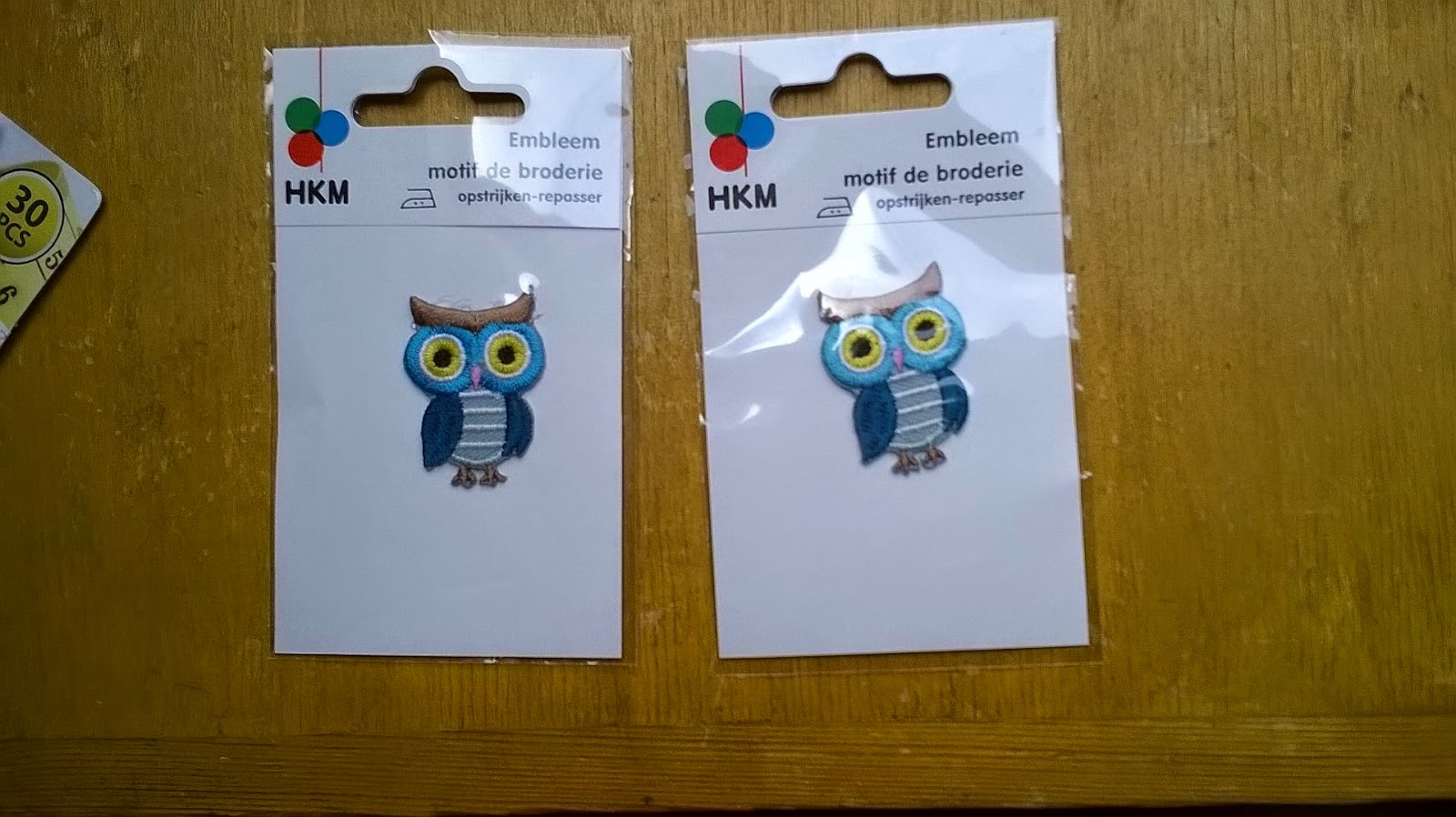This pattern is the perfect basic for fit and flare style coats. Although the pattern picture is in my opinion very unflattering, the style looks lovely on almost any body type. I love the fit and flare for structured garments since it can really help creating the illusion of hips, shoulders or just accentuate the goodies that are already there.
This is the original illustration, I really do not like the long beige version, and the manic look on the girl in red is frankly scary, but, this pattern had such elegant and basic design lines when I looked at the line drawings, and had the longer fit and flare style I was admiring in retro coats I wanted so I decided to give it a try.

I liked the result so much that I offered to make 6 more for a dance show I was participating in. This challenge intrigued me since I would have to measure and fit 6 very different people, of age, style and body type. It was really fun to do, but also slightly nerve racking since I was sewing on a tight schedule and I was hugely afraid that they wouldn't like the result. I shouldn't have feared however. I does put me in the position to say that this pattern can be worn by anyone, with any shape or age and still look fabulous.
The instructions where pretty clear to me, it was my first time sewing a coat and also with wool and I referenced them quite heavily. I learned a lot, but some techniques could have been explained more thoroughly for a beginning sewist (setting in tailored sleeves,...) there are however tons of very educational blogs and videos around so I highly recommend those. I found that making a coat was not as daunting a task as I had imagined it would have been. My striped fabric made the cutting of the fabric a real challenge as well since I had gotten it in my head to match as many stripes as possible. This turned out pretty fine, if I say so myself.
 |
| Look ma! lovely stripes that match! |
 |
| Even at the pockets! |
One of the things that made sewing for so many so challenging was the sizing of this pattern since it's holds a very narrow range: you only get three sizes in an envelope so you've got to be pretty sure that your size group is the right one. There aren't any overlapping sizes so if your between sizes and one is in one envelope and the other in another you're out of luck. I've chosen size 8, but should have gone with size 6 since I've got a lot of room to spare even with massive winter sweaters on.
For fabric I used second hand wool out of an ancient stash for my own coat. Out of witch I was only able to squeeze slightly more than the shortest length. For the show I made these up in a cheap fabric with some body, they turned out to be pretty wearable as a mid season coats.
If you would ask me what I dislike about this coat (witch I've worn to death over the past two winters) I would be hard pressed, but I've managed to think of somethings...
1. I've made it two inches short and it doesn't cover most of my dresses, so I look kind of layered like a Christmas tree.
2. Even though I made this in a wool and it's fully lined it's not nearly warm enough as is to be worn as a real winter coat. I've added an extra layer of padding to make it wearable but only realised i would have to do this at the time I was sewing the lining. I added the padding to the lining but this makes my coat look poofy and uneven. Not something I should have done as an afterthought. the coat was however meat to be a wearable muslin and it certainly has been worn a lot.
A direct result of this is that my seam is bunching up quite a lot in the front, I think this is due to the french tacks they make you do to the (much to heavy in my case) lining. This pulls the fabric down quite a bit, I omitted those in the picture of the show coat below and you can clearly see the difference.
3. I dislike that I can't turn back time and remake this with the sewing skills I have now, since it would turn out even better, but that isn't really a dislike, just an excuse to make another one soon...
Likes:
1. I loooooove the style, its retro, chic and classic at the same time
the lines of the design are very feminine and elegant and look good on anybody.
2. There are a lot of design options in one envelope, this is (as advertised) a great pattern to start out with and modify, a true classic and it will no doubt be one of my turn to patterns for many years
3. I love my pattern matching, It's my secret, very nerdy source of happiness to know that I'm wearing a coat that has been carefully thought of an lovingly constructed and has no signs of 'wonky' stripes.
4. I love how much I've learned making this and how much I've even learned more making this 6 times over and having to modify the one pattern to 6 wonderfully different shapes.
5. I love to be able to say that I've made myself a COAT!
I regret that I don't have a group picture of everyone in their coat, with all of the hustle and bustle there just wasn't time the day of the show. I'll have to ask the lovely ladies to supply me with pictures of their own sometime... In the meantime a mug shot of one of the nearly finished coats in my studio...
I have to conclude that even though I've now sew this 7 times, I'd still sew it again. I'd love to have a warmer weather version, a longer version, a shawl collar version, a coat dress version, a colour blocked version and a faux fur cuff version (ofcouse everyone should have one of those right?).
I wholeheartedly recommend this pattern to anyone, it's straigthforward, classic and a great starting point for so much more creativity.
 Als je nog niet lang naait kan het erg overweldigend zijn om naar de winkel te stappen en stof te kopen. Hoe weet ik dat ik geen miskoop doe? Waar moet ik op letten in de winkel?
Als je nog niet lang naait kan het erg overweldigend zijn om naar de winkel te stappen en stof te kopen. Hoe weet ik dat ik geen miskoop doe? Waar moet ik op letten in de winkel?




























.JPG)



.JPG)
.JPG)














